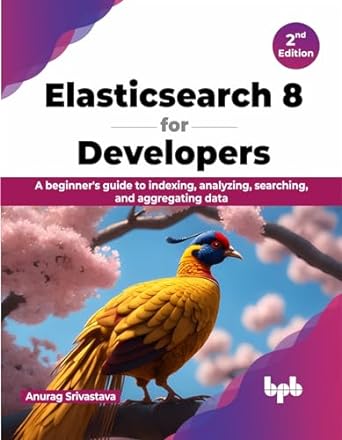Question
Apple vs. FBI Case Study Ann Skeet and Markkula Center Staff In the wake of the December 2015 terrorist attack in San Bernardino, attention turned
Apple vs. FBI Case Study
Ann Skeet and Markkula Center Staff
In the wake of the December 2015 terrorist attack in San Bernardino, attention turned to the perpetrators iPhone. A federal judge asked Apple, maker of the iPhone, to provide reasonable technical assistance to the FBI in accessing the information on the phone with that hope of discovering additional threats to national security.
Apple provided the FBI with data it had in their possession and sent Apple engineers to advise the FBI, but refused to comply with the court order to bypass the phones security measures: specifically the 4-digit login code and a feature that erases all data after ten incorrect attempts. The FBI argued that the bypass could only be used for this phone, this one time. The agency also cited national security concerns, given the phone may lead to better understanding the attack and preventing further incidents.
Apple CEO Tim Cook issued a public letter reiterating Apples refusal to cooperate. Cook advocated for the benefits of encryption in society to keep personal information safe. He stated that creating the backdoor entry into the iPhone would be akin to creating a master key capable of accessing the tens of millions of iPhones in the U.S. alone. Cook also had concerns that the FBI was outstepping its bounds - by using the court system to expand its authority - and believed the case should be settled after public debate and legislative action through Congress instead.
Public opinion polls on the issue were split. A number of major tech firms filed amicus briefs in support of Apple. The White House and Bill Gates stood behind the FBI. In anticlimactic fashion, the FBI withdrew its request a day before the hearing, claiming it no longer needed Apples help to assess the phone. It is speculated that an Israeli tech firm, Cellebrite, helped the FBI gain assess.
Discussion Questions: What is the right thing to do in this case? How would your decision have an impact on digital privacy? What might an opponent to your perspective argue, and what is would be your rebuttal to them?
Step by Step Solution
There are 3 Steps involved in it
Step: 1

Get Instant Access to Expert-Tailored Solutions
See step-by-step solutions with expert insights and AI powered tools for academic success
Step: 2

Step: 3

Ace Your Homework with AI
Get the answers you need in no time with our AI-driven, step-by-step assistance
Get Started


